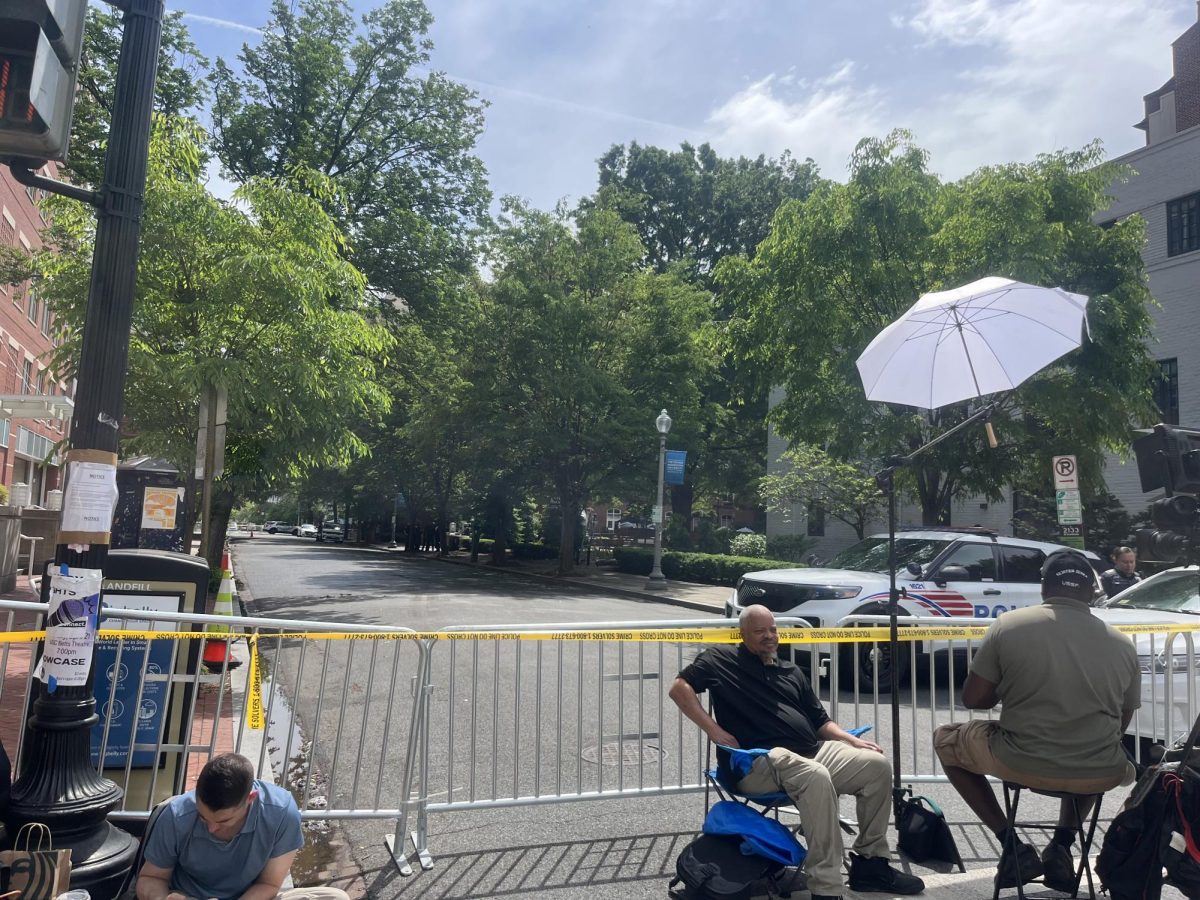When government professor Angela Stent arrived at Georgetown in 1979, there were two senior female faculty members in her department. Thirty-four years later, that imbalance hasn’t changed much.
Of the government department’s 53 faculty members, 10 are female, and no women serve on the department’s executive board.
“Our numbers are getting better, but they’re still not there,” Michael Bailey, government department chair, said. “Even now, there will be times when we have a meeting, and there will be no women or there will be one woman, and I do think that if you’re just one of whatever category, it’s probably a little less comfortable.”
A recent article by Barbara Walter, a political science professor at the University of California, San Diego, found a particular gender gap in citations in international relations. In a review of more than 3,000 journal articles published between 1980 and 2006, Walter found that articles by men were cited an average of 4.8 more times than articles by women.
The paper was covered by the Chronicle of Higher Education and discussed at the American Political Science Association’s annual meeting in August, which also introduced a paper that found that women take on more committee appointments than men but that their assignments are of a lower stature and a study that found that female professors were evaluated more negatively than male professors as class sizes increased.
At Georgetown, the issue of more work with lesser titles for female faculty is particularly salient.
“Because there are relatively few women in the faculty in general, women actually get asked to do a lot,” School of Foreign Service associate professor David Edelstein said. “There is a consciousness now that we should have women represented in leadership positions. But since there are not as many women as men, you can only ask them to do so much because you want them to be scholars and top-notch teachers and all the rest.”
Over the past decade, hiring female professors has been a departmental priority, according to government professor Andrew Bennett. Though there are few female faculty members, women are equally successful in earning tenure as men in the department.
“I’m not happy with the situation, but I really do think in the past couple of years there has been a big effort to try to recruit female faculty,” said Kathleen McNamara, an associate professor of government.
Two new female professors are set to join the government department: Diana Kapiszewski, who studies comparative law and Latin American politics, began in August, and Nita Rudra, who researches global political economy, will join the university in January.
But the lack of female faculty can be cyclical.
“The problem is when you have so few women, sometimes it’s harder to then attract women because there are implicit ways where they may not feel as welcome if they come to give a talk or when they interview,” McNamara said.
Bennett suggested that political science could be a lesser-known frontier for women.
“To some degree, if you’re the first generation of any demographic group that’s trying to break through the glass ceiling, academia isn’t necessarily the first place you’d think of,” Bennett said. “People who are really eager to break those glass ceilings might break through other glass ceilings first.”
Looking ahead, it seems that women may make advances in political science departments soon. Female students currently make up a majority of Georgetown’s Ph.D. program in government.
“I walked into my first session of my Ph.D. seminar last spring, and I looked around and I realized there were 11 women and zero men,” Bennett said. “We do have definitely a large number of [female] graduate students.”
McNamara expressed hope that this would eventually translate to more female faculty members.
“There is a very healthy pipeline of female Ph.D. students in political science, so it’s not that, somehow, there aren’t qualified women particularly at the junior level, coming through the system, so I think that if we keep chipping away at this, hopefully we can make a difference,” McNamara said.
But without female professors as advisors and role models, it can be difficult for female students to get ahead. When Lise Howard, an associate professor of government, was studying for her Ph.D. at the University of California, Berkeley, all of her advisers were men.
“They felt uncomfortable asking their female advisees to go for a beer or to go to lunch or dinner. It’s easier for men to ask their male advisees to go out,” Howard said. “My adviser would ask his male and female advisees to go out together, so there are ways of overcoming it. You just have to get creative. But you know that one-on-one beer at the bar between the guys, a lot can transpire in those conversations that are really important for one’s career.”
McNamara agreed and added that female role models at the undergraduate level are also important, especially when students are figuring out which academic path to follow.
“It is really important to have female role models in the front of the classroom,” McNamara said. “It’s good for everybody to see women on an equal footing with their academic male peers.”
Edelstein pointed to the role of history in shaping the department and in moving it forward.
“The important thing to keep in mind is that a department doesn’t get this way overnight, and it can’t change overnight either,” Edelstein said.








